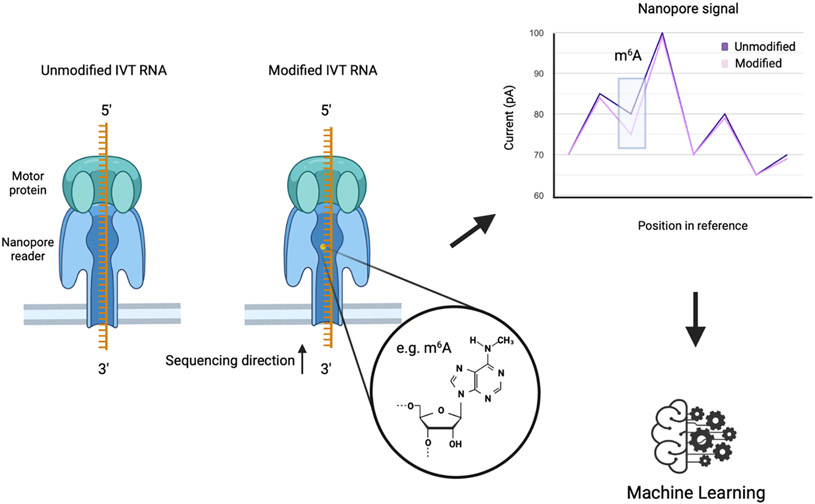Figure 4: Using Nanopore sequencing to detect RNA modifications.
Third generation sequencing, such as Oxford Nanopore Technologies, allows for direct sequencing of RNA molecules without prior fragmentation or amplification. ssRNA is sequenced in the 3’ to 5’ direction through the reader protein. The motor controls the translocation of the RNA strand through the nanopore reader. Using unmodified and modified synthetic in vitro transcribed (IVT) RNA sequences, the algorithm can be ‘trained’ to identify RNA modifications based on changes in raw electric signal output.

